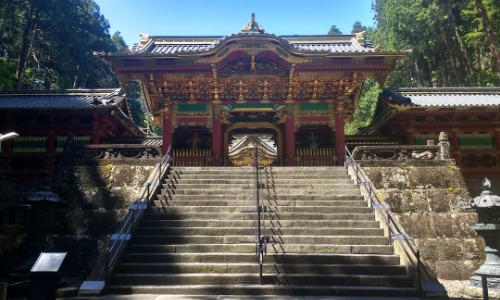This belief is rooted in the concept of “Kimon,” or the demon’s gate, which suggests that evil spirits enter through the northeast and southwest directions and must be safeguarded.
Even today, this idea is taken into account when constructing homes in Japan.
The northeast direction, known as “Kimon,” is believed to be the gateway for malevolent entities, while the opposite direction, the southwest, is called “Urakimon.”
This belief was prevalent during the reign of Tokugawa Ieyasu, who wished to be buried at Kunouzan in Shizuoka and then moved to Nikko Toshogu Shrine one year later after his passing.
Both shrines are dedicated to him, and they are located in opposite directions from Edo, with Shizuoka Kunouzan Toshogu Shrine in the southwestern demon’s gate and Nikko Toshogu Shrine in the northeastern demon’s gate. Ieyasu may have regarded himself as a protective deity for Edo.
